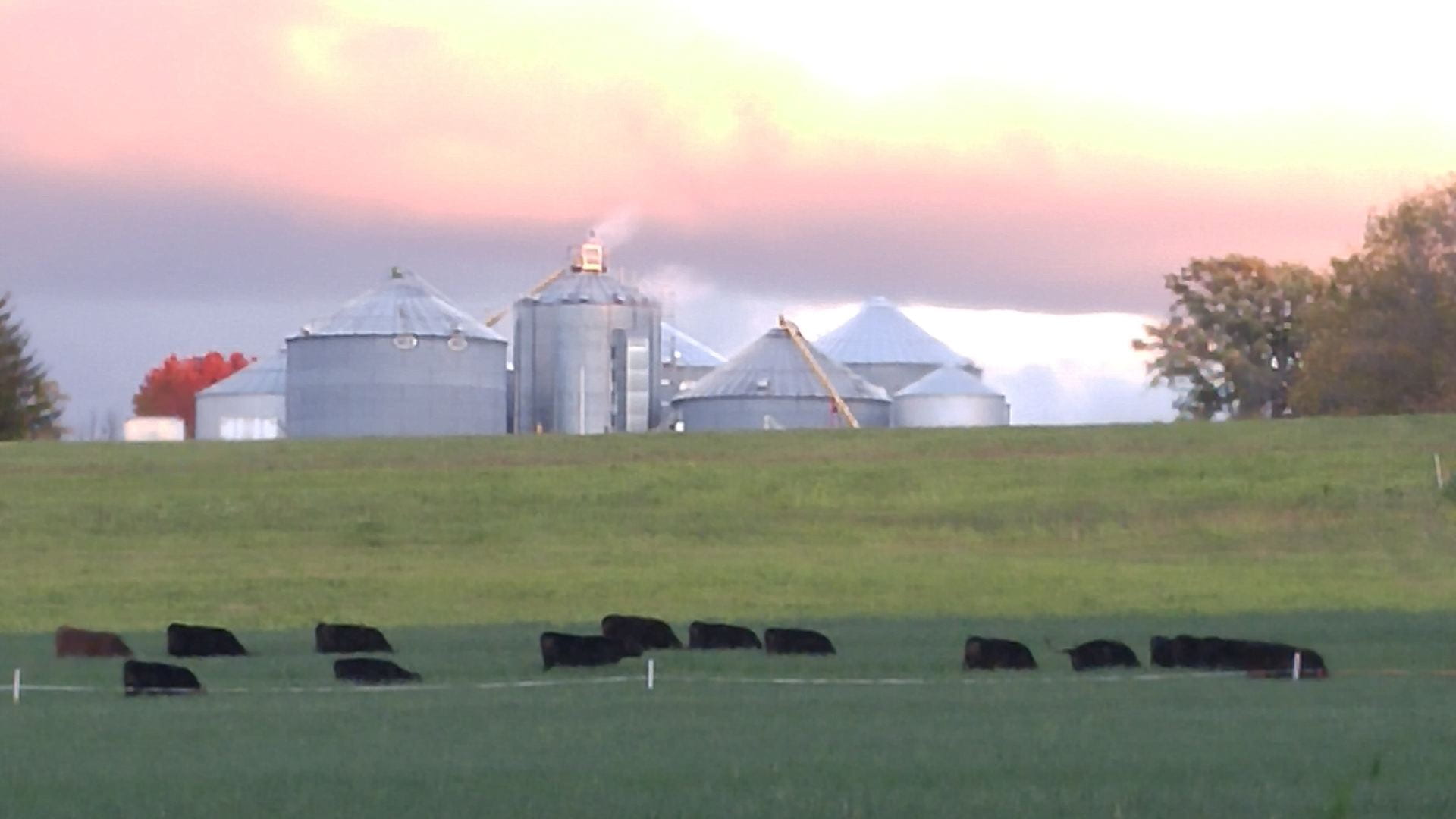Yesterday, I posted an article from Ohio State University on feedlot bloat. I often get questions about putting sodium bicarbonate in a ration to control acidosis. The quick answer from Dr. Fluharty is no, it is ineffective. His explanation is posted below.
Ohio Beef Cattle Letter, http://u.osu.edu/beef/, August 30 2017
Stan Smith, PA, OSU Extension, Fairfield County
Two weeks ago in this publication Dr. Francis Fluharty discussed concerns regarding acidosis and classic feedlot bloat in his article Did My Feed Grinder Cause My Cattle to Bloat?, http://u.osu.edu/beef/2017/08/16/did-my-feed-grinder-cause-my-cattle-to-bloat/
One of the many responses from readers came in the form of this simple question:
If feed grade sodium bicarbonate – or bicarb – is the overall standard rumen-buffering supplement for dairy cows, why don’t we include it in beef feedlot rations in an effort to reduce the incidence of acidosis?
Dr. Fluharty’s response:
If beef cattle on a high grain diet in a feedlot situation were to eat around 1 pound of bicarb per day it should help, some. Bicarb is a weak base and pH is the negative log of the hydrogen ion concentration. Thus, a pH of 6 has 10 times more hydrogen ions than a pH of 7, and a pH of 5 has 100 times more hydrogen ions than a pH of 7, because it’s a base 10 log scale meaning 10 x 10 = 100.
Thus, if you’re dealing with a forage (or dairy) diet that results in a pH of 6.8 versus a pH on a grain-based diet of 5.3, it’s around 50 times more acidic, and the bicarb is ineffective. It’s because bicarb is such a weak buffer and would require so much be fed to neutralize the acidity in a high grain diet that careful bunk management is a much more effective tool for the prevention of acidosis than putting bicarb in feedlot diets.
